Test Drive Report of the New Macan (3rd Generation Base Model)|Winding Roads & Summary
公開日:2022.09.21
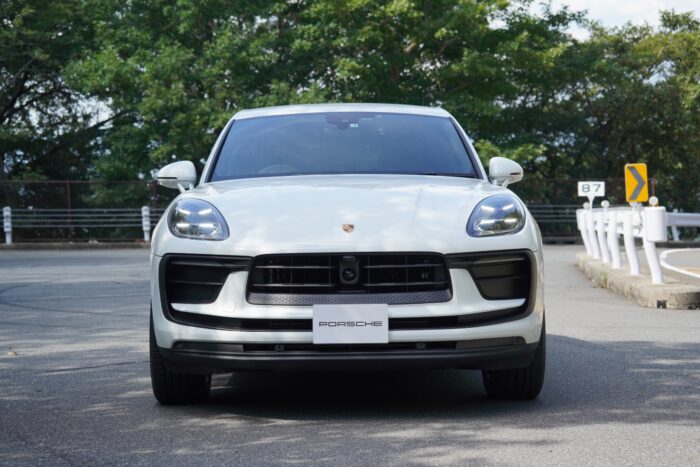
コンテンツ
Testing the New Macan (3rd Generation) on Winding Roads
Continuing from the previous article, this is a review of the new Macan (3rd generation). This time, I’m reporting on my impressions when taking the Macan onto winding roads.
When you think of the Macan, it’s a very sporty SUV, and calling it merely sporty doesn’t do it justice—it’s a car with the athleticism that makes you want to call it a ‘sports car’. The strong impression left by the first generation Macan is still vivid in my memory, and the second generation was also a sufficiently sporty car.

With those expectations in mind, I took the Macan up into the mountains.
Since it doesn’t have the Sport Chrono Package, I couldn’t try Sport Plus mode, but I switched to the regular ‘Sport’ mode. Even if it had the Sport Exhaust, the sound might change a bit, but there was no noticeable change in sound.
First, I drove it in automatic mode. The PDK keeps the revs up, allowing you to feel the engine’s power and torque directly. Indeed, this 265 hp engine delivers a respectable sense of power.
You won’t experience neck-snapping acceleration, but for everyday driving in Japan, it definitely has enough power. It’s a well-made engine.
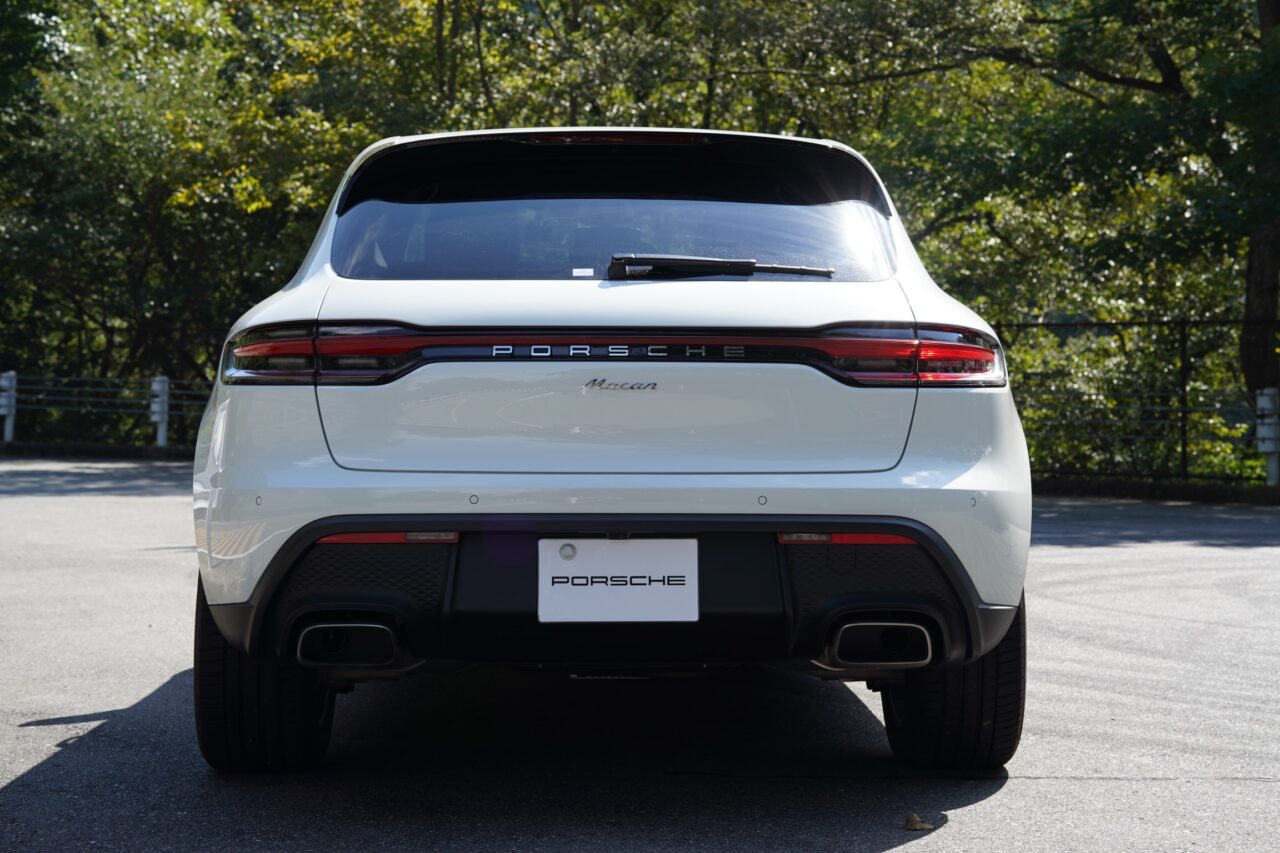
The revving feel isn’t bad either. It’s smooth, with no strange vibrations or hesitation. However, if you ask whether it’s a sensuous Porsche engine, the answer is no.
The main reason is the sound. It’s not the volume but the quality of the sound.
It falls a bit short of being a finely tuned, pleasant sound and is more like the sound of a typical high-performance European engine. If you’re looking for that kind of ‘pleasure,’ it might be better to get the Sport Exhaust option.
Nowadays, Porsche can’t escape noise regulations, so how much the Sport Exhaust helps is uncertain, but I think it’s better than nothing.
PDK Evolution and Manual Mode
Using the switch on the steering wheel, I switched to manual mode.
The PDK’s shift response is very fast. Extremely fast. It feels even smoother than the second generation, combining the smoothness of a top-notch torque converter automatic with lightning-fast shifts.
On the other hand, the shift sounds and rev-matching on downshifts are very mild, which might feel a bit underwhelming to seasoned Porsche drivers, but overall, it’s tuned to appeal to a broad audience.
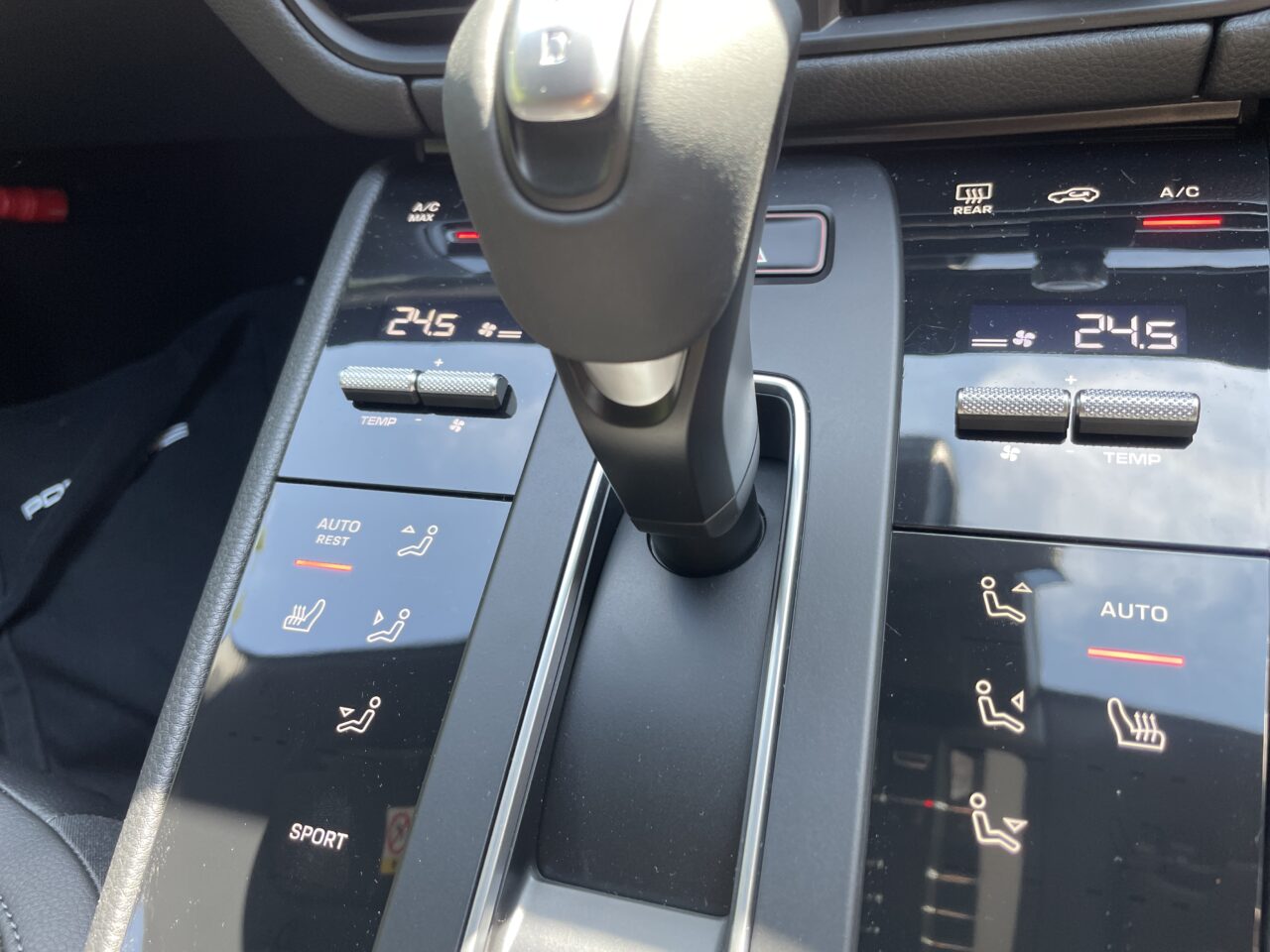
However, the gear ratios between 2nd and 3rd gears are somewhat far apart, which is a feeling I also experienced in the 970 Panamera GTS. On typical Japanese winding roads, 2nd gear feels too low and 3rd gear too high.
When braking from 3rd and downshifting to 2nd, the revs rise a bit too much, making it tricky to drive smoothly. This takes some getting used to.
The Macan’s True Strength Lies in Its Handling
If I were to sum up the driving appeal of this Macan in one word, it would be ‘nimbleness.’ Even with the previous second-generation S model, I described it as a ‘Tall Cayman,’ but with this four-cylinder, the Cayman feel is even stronger.
You hardly feel any front-end heaviness. Turn the steering wheel, and the car smoothly points its nose toward the curve. Entering the curve, the suspension offers a taut, firm rebound with just a slight body roll as the car glides through.
The all-wheel-drive control is exquisite, and when you open the throttle hard at the curve’s exit, torque is applied to the front wheels, allowing you to power out smoothly.
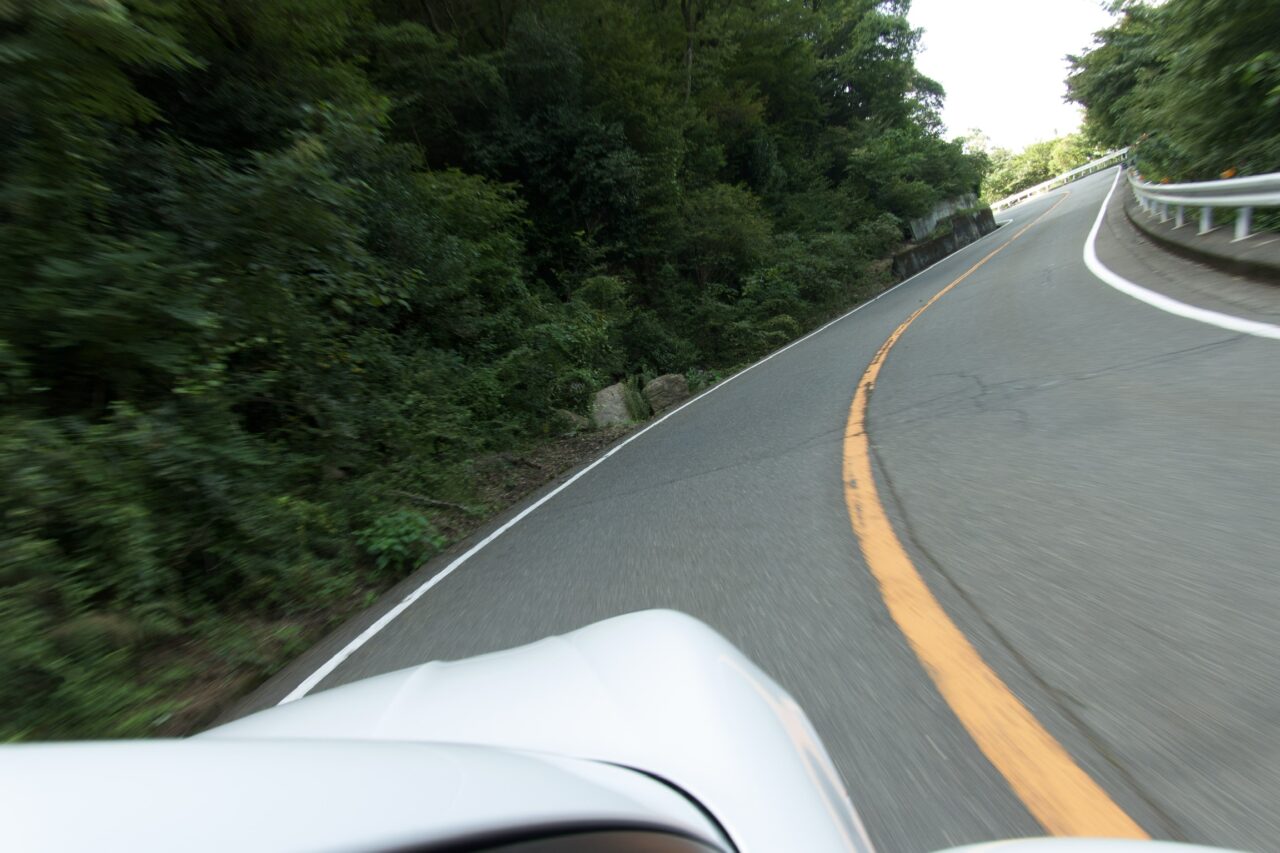
The Macan is originally based on the VW Group’s front-wheel-drive platform, but the AWD torque distribution is rear-biased. Under normal conditions, more torque goes to the rear, with the front acting as support. This results in a rear-wheel-drive-like feel while employing AWD control similar to that of the 911.
Even after tackling several consecutive curves, it moves with the agility you wouldn’t expect from an SUV. All four wheels grip the road evenly and tenaciously. There’s no sense of fear.
True to the latest Porsche, anyone can drive fast with incredible confidence.
This is likely because the suspension is designed with higher loads and harsher conditions in mind. For an average driver pushing it a bit on winding roads, it’s a piece of cake.
Summary
If I were to explain this Macan to someone else, I’d call it the ‘most practical Porsche.’
However, this ‘practicality’ isn’t about spacious seats, luggage room, or comfort features. It’s about the driving tuning being ‘practical.’
Porsche is fundamentally a sports car maker that values highway and winding road feel over stop-and-go comfort on city streets. The first-generation Macan strongly reflected that, but this 3rd generation Macan seems to place much more emphasis on ease of everyday driving.
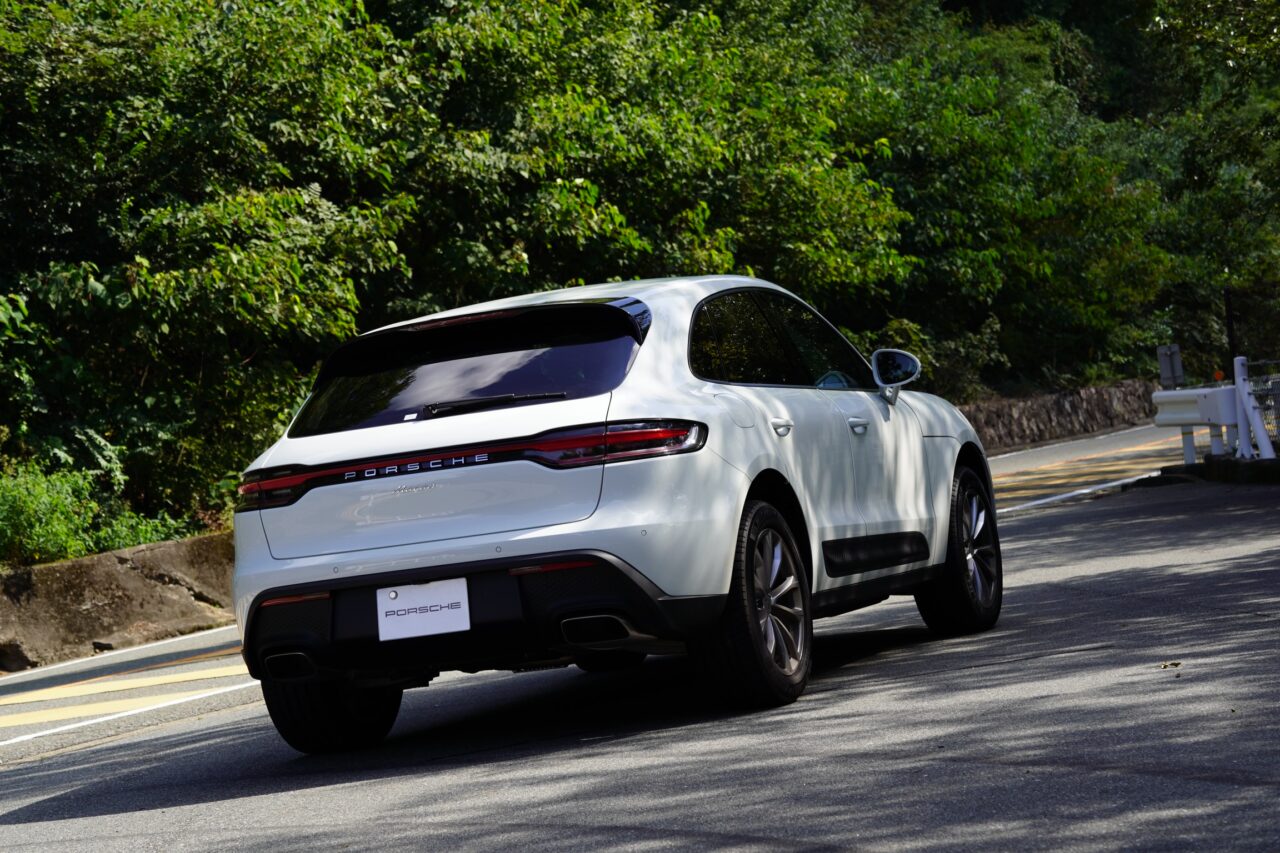
Although it carries the Porsche emblem, the PDK control logic, engine torque delivery, and sound are all tuned to minimize stress in daily driving and make it accessible to everyone. That’s my impression.
On the other hand, it’s also true that the classic ‘Porsche character’ has become less pronounced. You can still feel Porsche DNA in the handling and PDK response, but some elements have been lost.
If you want to feel that ‘Porsche character,’ it’s best to choose your options carefully and tailor the Macan to your personal taste.
Options I Would Choose
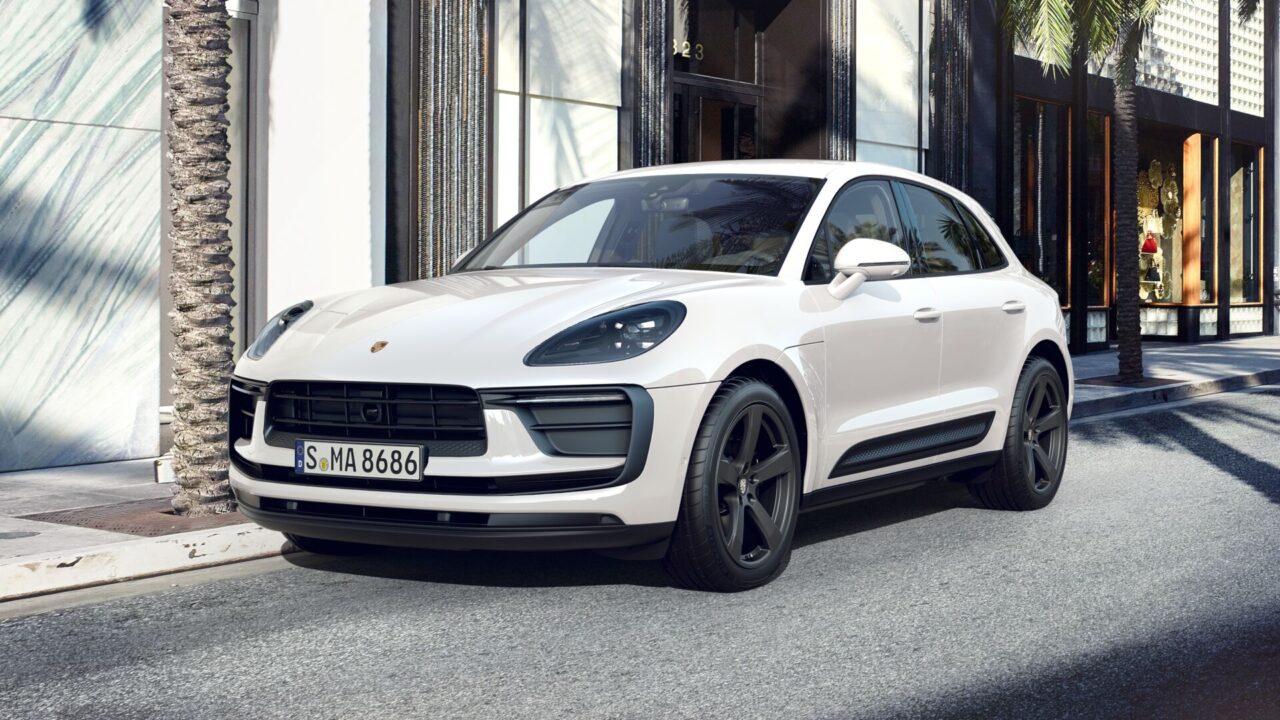
By the way, if I were to buy this base 3rd generation Macan, here’s a list of driving-related options I’d pick. I’ve omitted appearance options since those depend on personal preference. I’d prioritize them from top to bottom depending on budget:
- Air suspension (at least PASM with coil springs is recommended)
- 20-inch wheels (if you get air suspension)
- PTV Plus (would be interesting and fun if available on the four-cylinder)
- Heated GT Sport steering wheel
- Sport Chrono Package
- Sport Exhaust
Just for your reference.
このブログが気に入ったらフォローしてね!


Comment ( 0 )
Trackbacks are closed.
No comments yet.